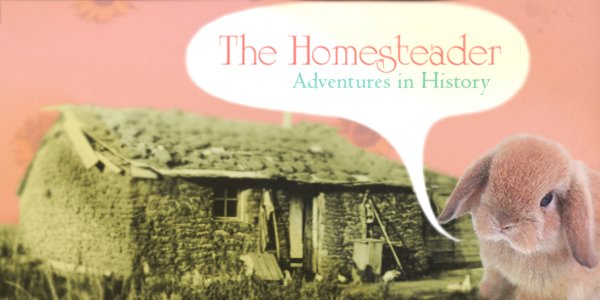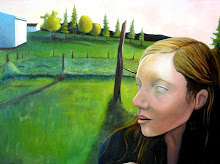For the past week now I have been giving tours at Camp Santanoni. I prepared to give tours by reading one book, Santanoni: From Japanese Temple to Life at an Adirondack Great Camp by Robert Engel, Howard Kirschenbaum, and Paul Malo. At other historic sites in which I have worked I have had to read several books, or at least parts of several books, in order to compile the whole story of the place, but at Santanoni it's all kept in one place for the interns. This book began as a Master's thesis. It's full of pictures, well-researched, but it runs a little long on various subjects that don't seem that important to the overall story of the site sometimes.
Giving tours at Santanoni is a much more laid-back experience than at some of my other jobs. At Grey Towers, my superiors broke me of the habit of addressing crowds as "you guys" and they wanted me to arrive for the tour ten minutes early in order to introduce myself and get to know the people on my tour. I have to say that at first I thought that was stupid, but I ended up really appreciating that sort of professionalism, and I think that the visitors to the site did too. Although no one is enforcing such behavior at Santanoni, I find myself still doing things this way. Still, things are much less formal. We have posted tour times, but if people hike or bike up to the main camp and really want a tour at an off time, we will gladly give it to them. Tours are free, and we don't sell any tickets. Many people arrive well before the scheduled tour time and explore the unlocked buildings for themselves (the DEC has found that if they just leave the cabins open people will be less likely to break in) so many of them aren't seeing the inside of the building for the first time when you take them in for a tour like at Grey Towers or Daniel Boone.
And then there is the issue of Santanoni being a "shell" as some people call it. When the house was sold out of the Pruyn family in 1953 and to the Melvins, very little furniture was saved. The buildings at Santanoni are not furnished, and when I take people through on tours I have to get them to try to imagine what the insides of the buildings would have looked like when they were new and furnished. Most of the rooms are also in need of some restoration (the birch bark wall paper is peeling off of the walls and the ceiling in main lodge for example). This leads visitors to asking, "what is your plan for Santanoni?" or "Will they ever restore it to what it was like in the late nineteenth and early twentieth centuries?" The answer is yes, in the master interpretive plan there are intentions to fully restore and furnish at least one room, and to create museum displays in a few of the others. Uusally when people ask questions like that on tours it gives me a great opportunity to talk to them about the deterioration of Santanoni over the years and Adirondack Architectural Heritage's work to restore it.
Basically, it's the first time I have ever worked at a historic site that was a work in progress. It's challenging, but also a lot of fun, and people are appreciative to get some interpretation of a site that otherwise they would have hiked to and known only as a ruin.




